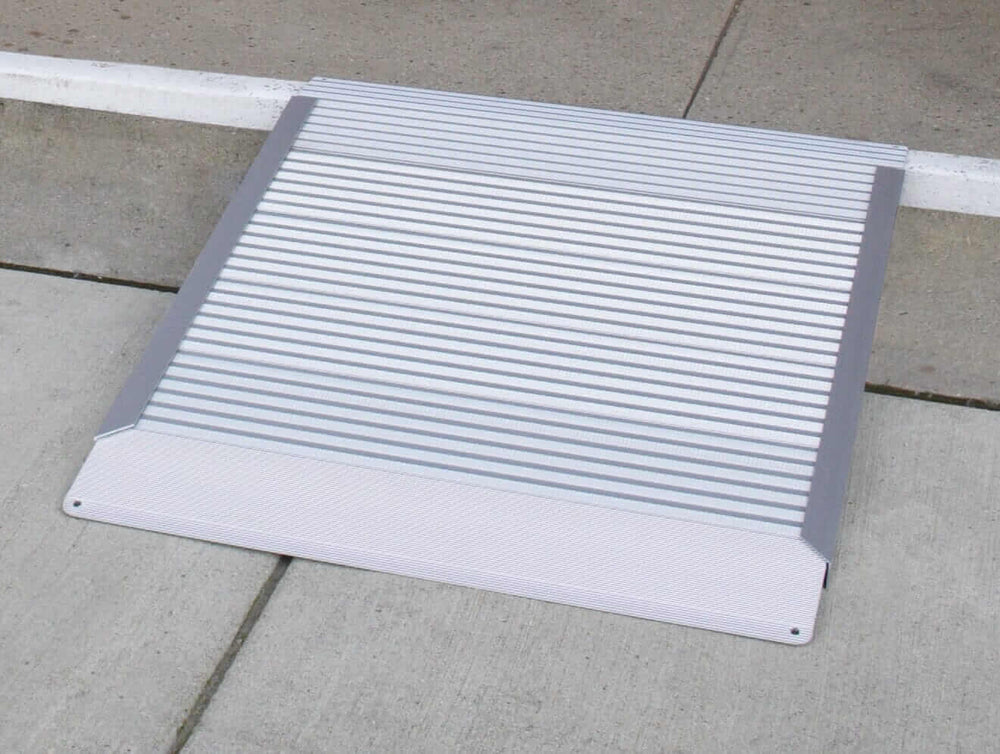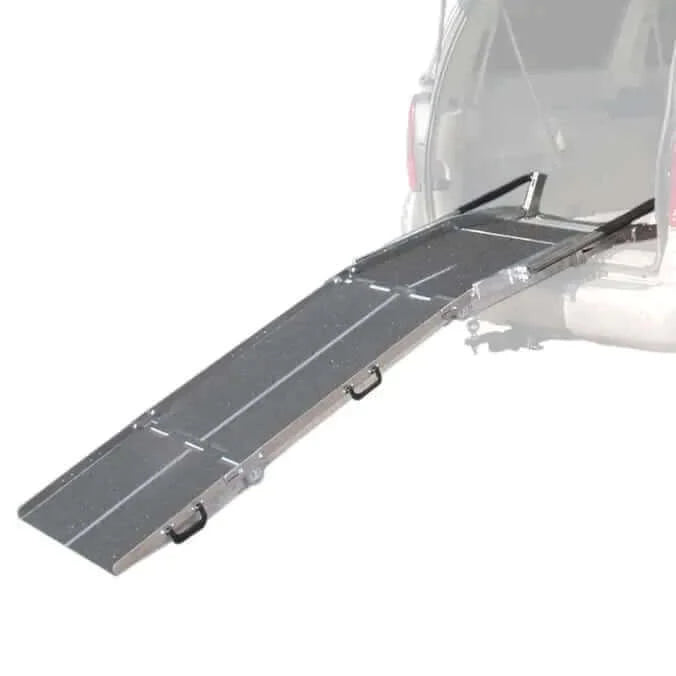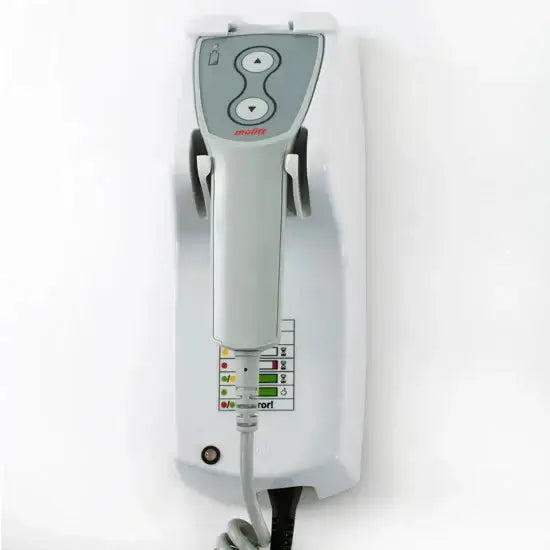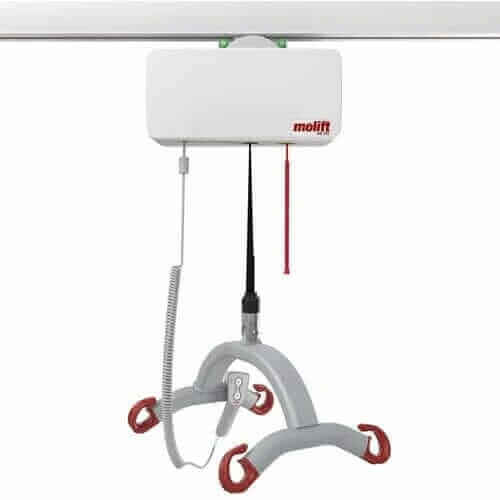Customized Handicap Ramps: Tailoring Accessibility to Meet Individual Needs
Importance of customized handicap ramps
Customized handicap ramps are crucial for providing accessibility tailored to individual needs. They ensure that people with specific mobility challenges can navigate their surroundings comfortably and safely. Here are a few reasons why customized handicap ramps are important:
- They cater to the unique requirements of each individual, considering factors like the type of mobility aid used, the degree of mobility limitations, and any other specific needs.
- Customized ramps maximize independence and freedom of movement for people with disabilities, promoting a sense of empowerment and inclusivity.
- These ramps are designed to fit the specific layout and architecture of the location, ensuring seamless integration without compromising safety.
- By offering personalized solutions, customized handicap ramps enhance accessibility and allow for equal participation in various activities and spaces.
Assessing individual accessibility needs
To figure out the most suitable handicap ramp for your unique needs, you must first consider your individual accessibility requirements. Think about the specific challenges you face when moving around, whether you need a ramp for a wheelchair or just to make getting in and out of the house easier. Your daily routine and personal preferences will also play a role in determining the best design for your customized ramp.
Benefits of tailored accessibility solutions
Tailored accessibility solutions offer personalized adaptations to ensure an individual’s specific needs are met effectively. These customized handicap ramps provide a seamless transition for individuals with mobility challenges, making it easier for them to navigate their surroundings independently. By tailoring accessibility solutions, individuals can experience increased safety, convenience, and comfort in their daily activities. These benefits aim to enhance their quality of life and promote inclusivity within their community.
Design considerations for handicap ramps
To ensure a handicap ramp meets individual needs, here are essential design considerations:
- Slope: Ramps should have a slope of 1:12 for easy accessibility. You can learn more about slop with our blog, “What Degree Should A Wheelchair Ramp Be”.
- Width: The minimum width should be 36 inches to accommodate wheelchairs comfortably. You can learn more with our blog, “What is the Standard Width of a Wheelchair Ramp.”
- Surface: A slip-resistant surface, like textured paint or rubber, ensures safety in all weather conditions.
- Handrails: Handrails on both sides offer support and stability for users.
- Landings: Flat platforms at the top and bottom of ramps provide a resting spot and easy turnaround space.
- Safety: Include features like edge protection to prevent falls and ensure a safe user experience.
Ensuring safety and compliance
Building customized handicap ramps ensures safety and compliance with accessibility regulations. It is essential to tailor the ramp to meet the individual’s specific needs, taking into account factors such as slope, width, and handrail placement. Compliance with ADA guidelines is crucial to ensure the ramp is safe and accessible for everyone who needs it. Factors to consider in ensuring safety and compliance include the materials used, the dimensions of the ramp, and the installation process.
Customization options for handicap ramps
Handicap ramps can be customized to fit individual needs. You can choose the material, color, length, width, and slope of the ramp to make it tailored to your specific requirements. Additionally, handrails and landing platforms can be added for extra support and safety. Some customization options for handicap ramps include:
- Material: Ramps can be made from aluminum, wood, or concrete.
- Color: You can select a color that complements your home or building.
- Length and Width: Ramps can be adjusted to accommodate the space available.
- Slope: The incline of the ramp can be customized to ensure ease of use for the individual.
- Handrails and Landing Platforms: These can be added for additional stability and rest areas during use.
Materials and construction of customized ramps
Customized ramps can be constructed using various materials like aluminum, wood, or composite materials. Each material has its own benefits and costs. Aluminum ramps are lightweight and durable, but they can be slippery when wet. Wood ramps are sturdy and blend well with the surroundings, but they require more maintenance. Composite ramps are a mix of materials, providing a balance of durability and aesthetics. The construction of these ramps should adhere to accessibility guidelines to ensure safety and usability for individuals with mobility challenges.
Installation process for personalized accessibility solutions
The installation process for personalized accessibility solutions begins with a thorough assessment of the specific needs of the individual. A team of professionals will visit the location to evaluate the space and gather important information. Once the assessment is complete, customized plans are created to meet the unique requirements. The installation process involves precise measurements, quality materials, and expert craftsmanship to ensure a safe and functional solution. Regular communication with the client is maintained throughout the installation to guarantee satisfaction with the final product.
Maintenance and durability of custom ramps
Customized handicap ramps are designed to be durable and require minimal maintenance. These ramps are typically constructed with sturdy materials like aluminum or steel, which can withstand varying weather conditions and heavy use. Regular inspections are recommended to ensure the ramp remains in good condition and addresses any potential issues promptly. In terms of maintenance, basic cleaning and occasional checks for loose components are typically all that’s needed to keep the ramp functioning properly over time.
Enhancing quality of life with personalized accessibility solutions
Personalized accessibility solutions like customized handicap ramps can greatly improve the quality of life for individuals with mobility challenges. These ramps are designed to fit the specific needs of each person, ensuring smooth and safe access to different areas. By tailoring the ramp to the individual’s requirements, it enhances their independence and overall well-being, making daily tasks easier and more manageable.












Leave a comment